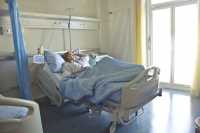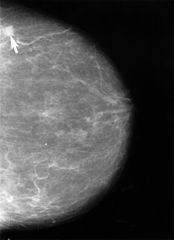Author Interviews, Surgical Research, Telemedicine / 17.07.2020
Remote TeleSurgery Feasible Over 5G Networks
MedicalResearch.com Interview with:
Leonardo Mattos, PhD
Head of Biomedical Robotics Lab
Advanced Robotics Department
Istituto Italiano di Tecnologia
Genova, Italy
MedicalResearch.com: What is the background for this study? What are the main findings?
Response: We have been working on robotic microsurgery for several years, and have developed robotic technology for it that is getting ready for use on humans. Then, 5G started to become a reality here in Italy, and we wanted to test if it could be used to enable remote telesurgery. So we joined forces with Vodafone Italia to realize this study and proof of concept demonstration.
Telesurgery has been a dream for over 20 years, and has been demonstrated already back in 2001. However, the wide scale adoption of the technology has been limited by many factors, including the limited availability of surgical robots and the lack of a telecommunication network that is fast and reliable enough for such operation. Recent technological progress is changing this scenario, with surgical robots being used in hospitals around the world and high-performance telecommunications system becoming widely available. This study shows that telesurgery is now feasible using the newest 5G telecommunication networks, enabling us to consider a large scale adoption of the technology. (more…)






























